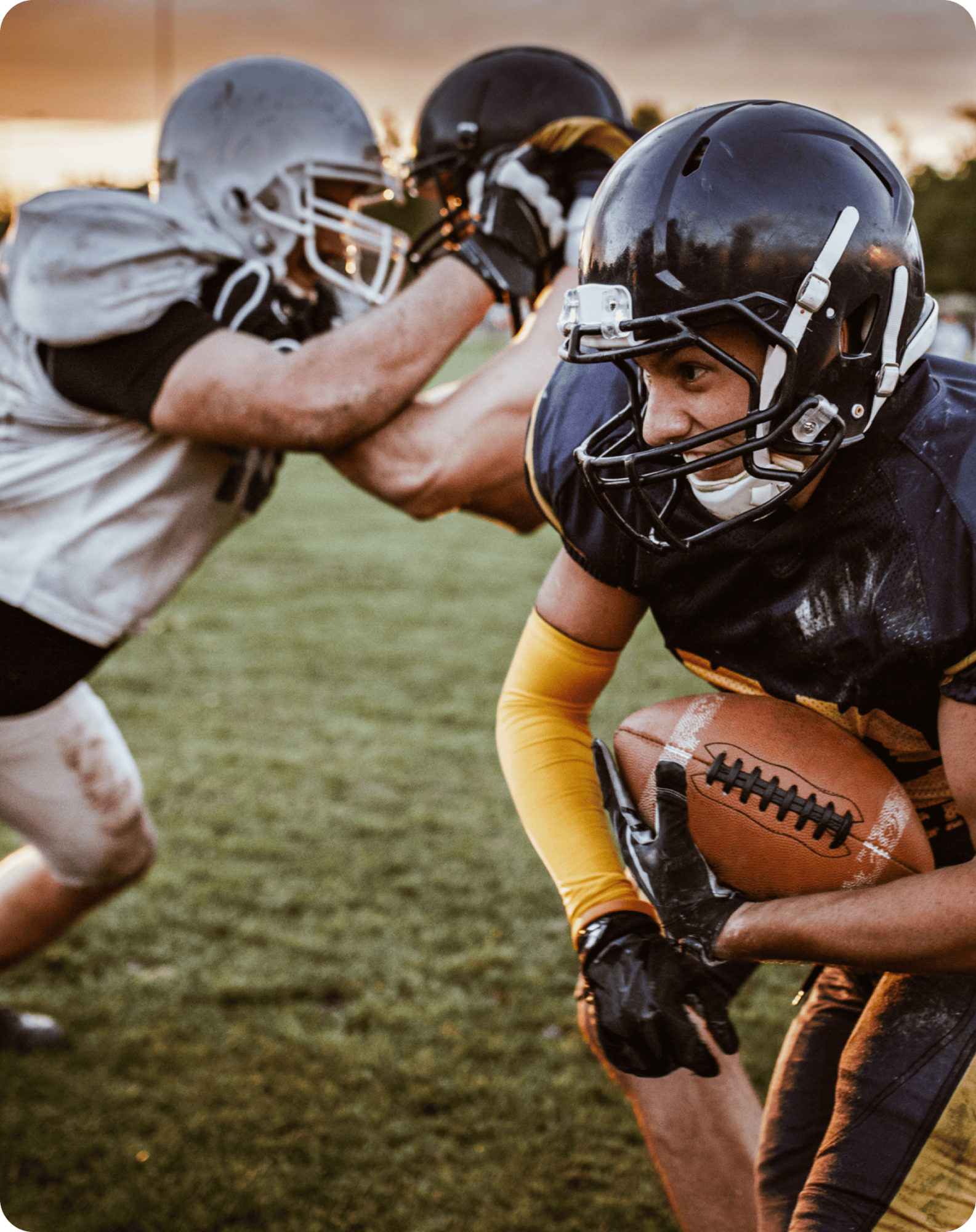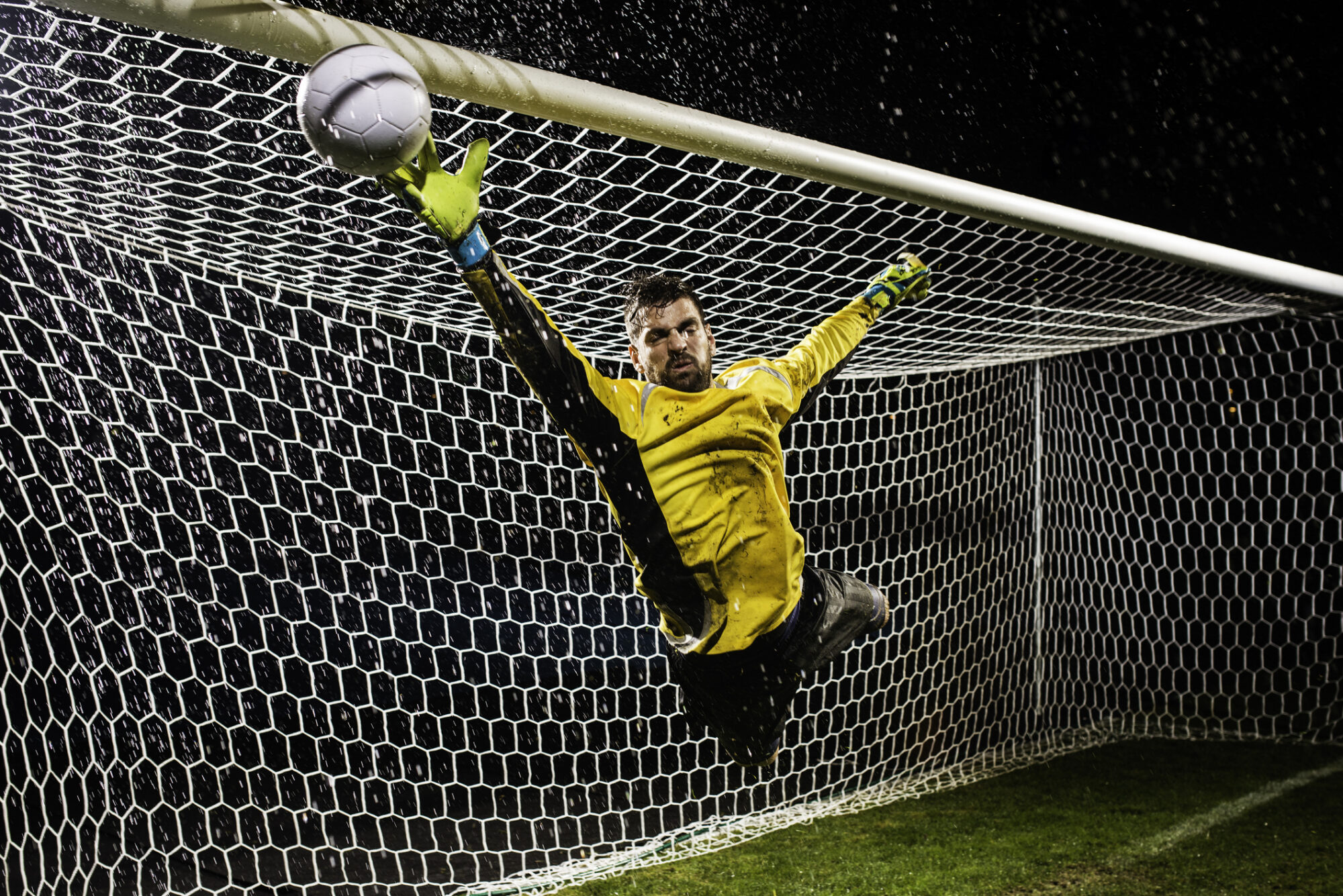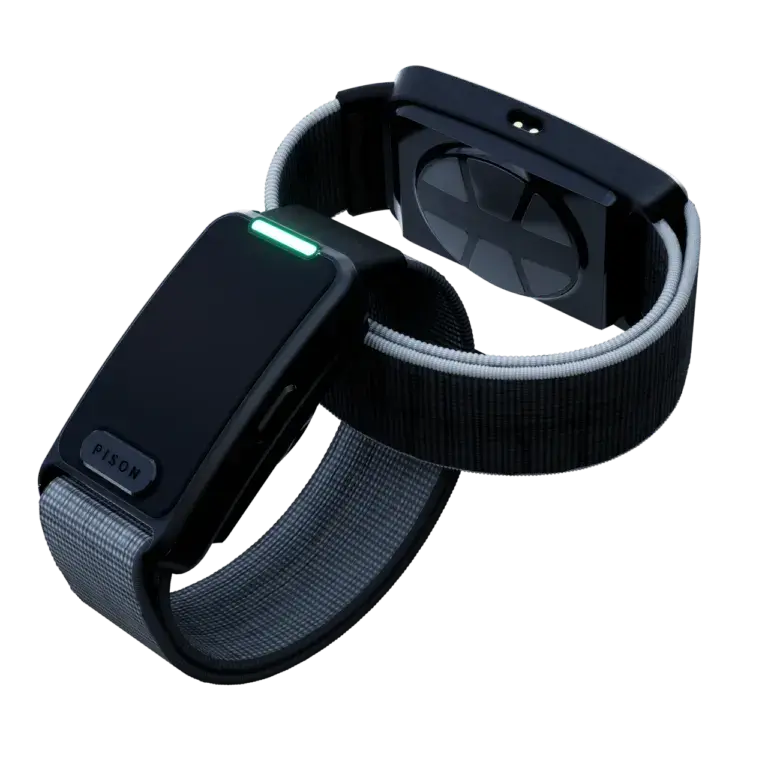
Reaction Time Measurements Can Help Athletes Avoid Long-Term Effects of Brain Injuries
For youth, high school, college and professional athletes, brain trauma is a major concern. Everyone wants to enjoy the benefits of sports—improved physical and mental fitness, the joy of competition, and the satisfaction of increasing skills.
However, none of these benefits should come at the expense of long-term health. Despite the increased awareness of safety measures and the application of concussion protocols, some studies have shown that as much as 30% of concussions still go unreported and undiagnosed .[1] This leaves athletes at risk of suffering permanent damage.
Safeguarding the Health of Athletes
One way to safeguard long-term health is by measuring an athlete’s reaction time. The results help determine whether an athlete should rest or consult with a doctor after experiencing excessive head contact.
Research studies show that when an athlete’s brain is subject to blunt-force trauma that results in a concussion, their reaction time degrades.[2] Within six hours of a concussion, reaction time has been shown to increase (i.e., get worse) by 10%. The reaction time has been shown to elevate (relative to a baseline) as long as a couple of months after a diagnosed concussion.
In addition to concussive events, sub-concussive incidents may occur within a short period of time or over the course of a week, a month, or a season. By definition, one of these incidents does not cause a concussion. But a growing body of evidence shows that permanent brain injuries can occur from the cumulative effect of multiple sub-concussive blows to the head.
The Short-Comings of Traditional Reaction Time Testing
Reaction time, measured in milliseconds, indicates the elapsed time it takes an individual to respond once they are delivered a stimulus prompt, such as a visual, audible, or tactile signal. The reaction time test has become one of the elemental measurements to estimate how quickly and effectively athletes can execute these types of mental operations.
A single test can measure the processing efficiency of an athlete’s brain functions—such as sensory perception, executive function, motor planning, and motor execution. However, r eaction time testing has previously not been feasible given the equipment that is used.
Tests are often conducted using online computerized assessments—where users interact with a testing website or app through a laptop, desktop, or mobile device. These computer-based systems have significant drawbacks, including inaccuracy due to system delays.
For example, monitors, computers, keyboards, mice and touchscreens introduce errors that render reaction time readings unreliable. The time to show the stimulus on the screen, press the mouse button, and then register the signal all introduce timing variabilities and mechanical delays that interfere with the results and mask the cognitive issues being measured.[7] The latency of these systems is often as high as 40 milliseconds, whereas a 20-millisecond degradation of reaction time could indicate a brain injury has occurred. [8]
Traditional reaction time testing systems are also difficult to administer in the middle of all the commotion on the sideline or the bench during a game or practice. Instead, they are set up outside of the sports performance environment, such as in the trainer’s office, at a clinic, or in a computer room. That means measuring abilities are unavailable when needed—at the playing field and within the key moment. This makes it impossible to gauge reaction time when it matters most.
The New Convenient and Accurate Way to Measure Reaction Time
To take on this challenge, a thletes along with their coaches, trainers, and parents who want to accurately measure and track reaction time to help prevent long-term brain injuries can turn to Pison. We offer a lightweight, wrist-worn device to facilitate testing during game and practice situations. The device uses a novel neural sensor and artificial intelligence algorithms to immediately gauge an athlete’s neuromuscular signals, which is a far more direct measurement than traditional reaction time tests.
Our devices provide two advantages over other reaction time monitoring systems. The first is convenience. With the wrist-worn device, teams and athletes can run tests anytime and anywhere. Tests take just 20 seconds, allowing athletes to measure more often and under different conditions.
The second advantage is accuracy. The self-contained devices generate stimuli and then measure neural reactions directly off the same system clock. This eliminates the delays of computer-based testing systems and allows our devices to measure reaction time without the variability introduced by computer-based reaction time tests.
To learn more about how reaction time measurements can help athletes avoid the long-term effects of brain injuries, check out this Pison white paper. And to get started today with neural sensor and reaction time monitoring, visit the Pison READY experience page.
Citations
- The Prevalence of Undiagnosed Concussions in Athletes, William P. Meehan, III, MD and others. Clinical Journal of Sport Medicine, September 2013.
- Effect of sport-related concussion on clinically measured simple reaction time, National Library of Medicine, 2014.
- Interpreting Clinical Reaction Time Change and Recovery After Concussion: A Baseline Versus Norm-Based Cutoff Score Comparison, Jaclyn B Caccese and others, Journal of Athletic Training, August 1, 2021.
- Cumulative Head Impact Exposure Predicts Later-Life Depression, Apathy, Executive Dysfunction, and Cognitive Impairment in Former High School and College Football Players, Philip H. Montenigro and others, Journal of Neurotrauma, April 2016.https://www.liebertpub.com/doi/full/10.1089/neu.2016.4413
- Collective Force of Head Hits, Not Just the Number of Them, Increases Odds of C.T.E., Daniel H. Daneshvar and others, BrainLine, June 23, 2023.
- Leveraging football accelerometer data to quantify associations between repetitive head impacts and chronic traumatic encephalopathy in males, Daniel H. Daneshvar and others, Nature Communications, June 20, 2023.
- Methodological Problems With Online Concussion Testing, Jameson Holden and others, Frontiers in Human Neuroscience, October 1, 2020.
- Interpreting Clinical Reaction Time Change and Recovery After Concussion: A Baseline Versus Norm-Based Cutoff Score Comparison, Jaclyn B Caccese and others, Journal of Athletic Training, August 1, 2021.


